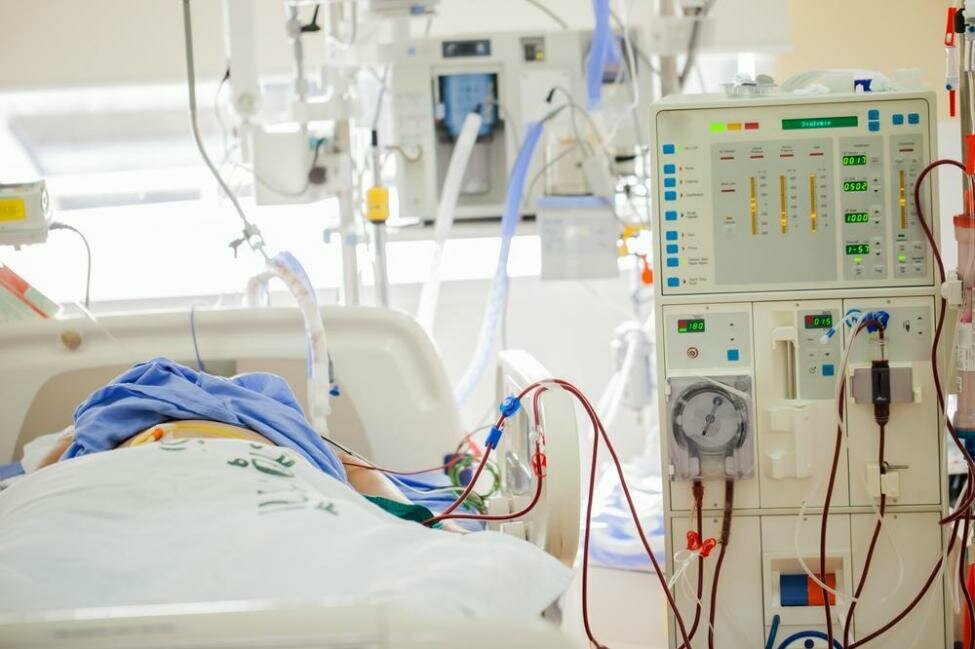New dialysis machine saves €2m annually: official

TEHRAN -- Helal Iran Medical Devices Company provides hollow fibers for dialysis machine which saves 2 million euros annually, the company director Ali Faraji announced, Tasnim reported on Sunday.
“We have found a new source for importing hollow fibers with a more reasonable price,” he said.
The hollow fibers are tested and their quality is approved, he said.
Dialysis machine filters a patient's blood to remove excess water and waste products when the kidneys are damaged, dysfunctional, or missing. The dialysis machine itself can be thought of as an artificial kidney.
Inside, it consists of more plastic tubing that carries the removed blood to the dialyser, a bundle of hollow fibers that forms a semipermeable membrane for filtering out impurities. In the dialyser, blood is diffused with a saline solution called dialysate, and the dialysate is in turn diffused with blood. When the filtration process is complete, the cleansed blood is returned to the patient.
Most patients who undergo dialysis because of kidney impairment or failure use a dialysis machine at a dialysis clinic. Also, a machine called a peritoneal dialysis machine can be used chronically at home for dialysis, which eliminates the need for regular hemodialysis clinic treatments. Using this machine during the day and frequently during sleep, the patient can control his/her own dialysis.
In late February, the director of Transplantation Department at the Ministry of Health Mehdi Shadnoosh announced that it is estimated that, annually, the number of Iranians who receive dialysis grow by three to four thousands, and every round of dialysis costs around 4.5 million rials (around $107) for the healthcare system.
According to World Health Organization, a 2015 study revealed that, in 2015, 1.2 million people died from kidney failure, an increase of 32% since 2005.
In 2010, an estimated 2.3–7.1 million people with end-stage kidney disease died without access to chronic dialysis. Additionally, each year, around 1.7 million people are thought to die from acute kidney injury. Overall, therefore, an estimated 5–10 million people die annually from kidney disease.
SB/MG
